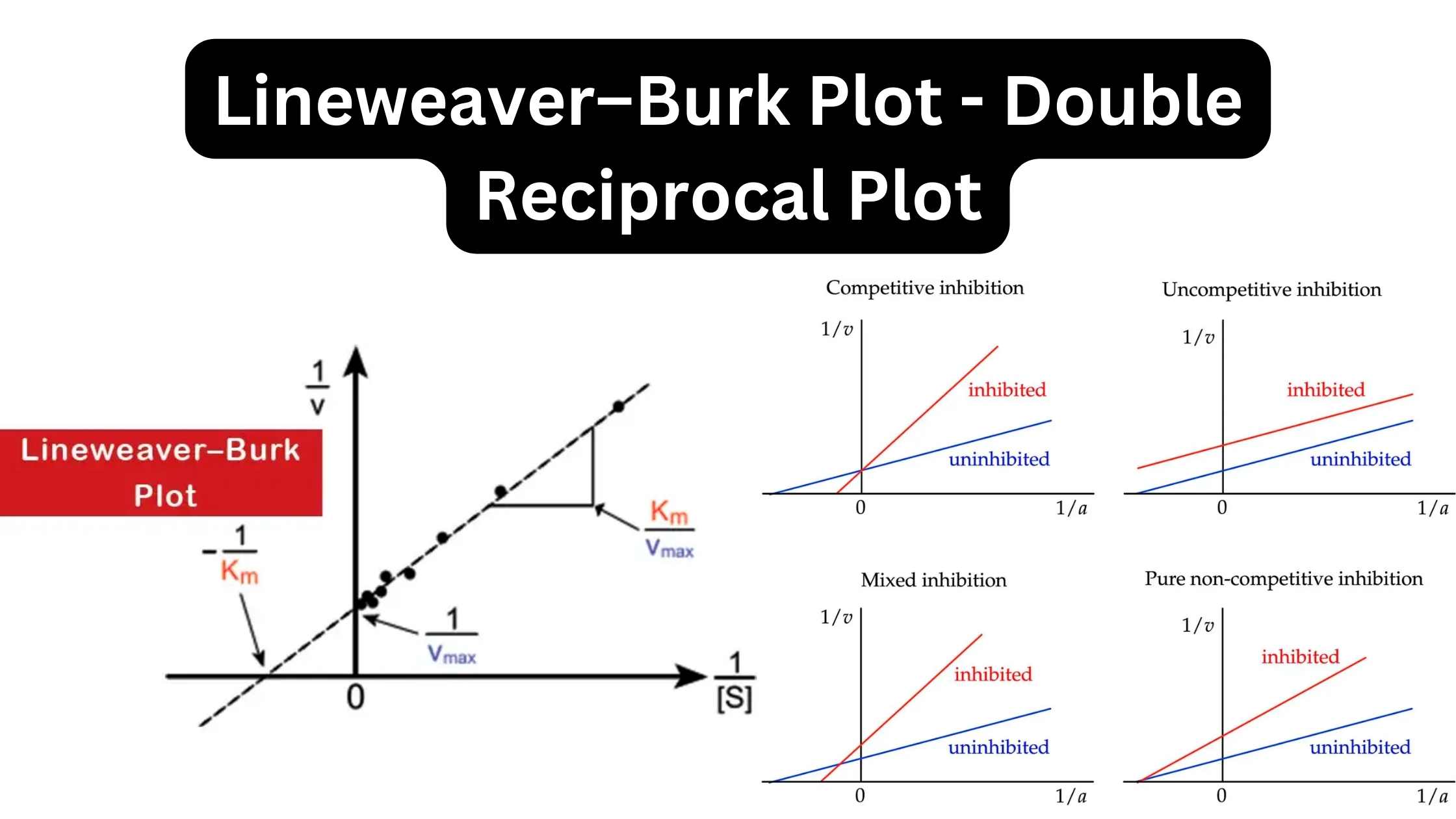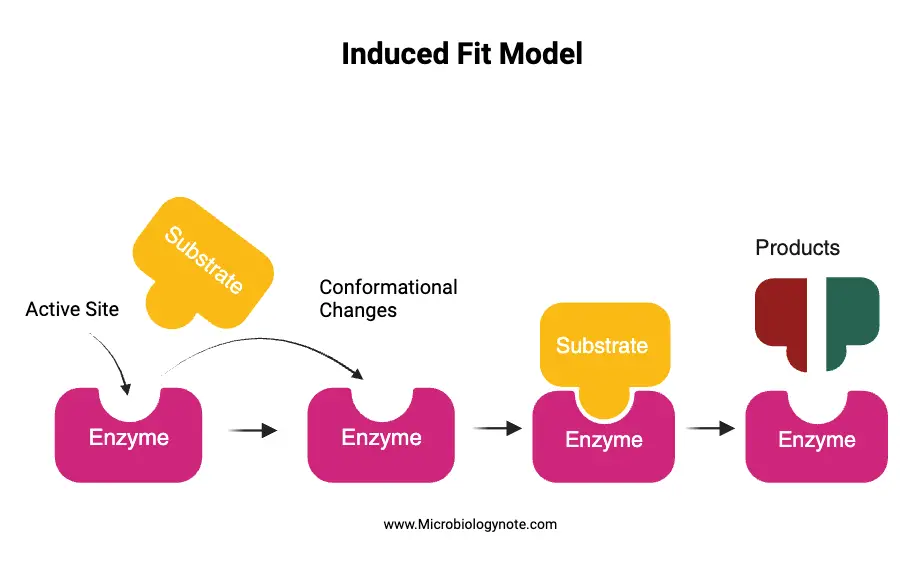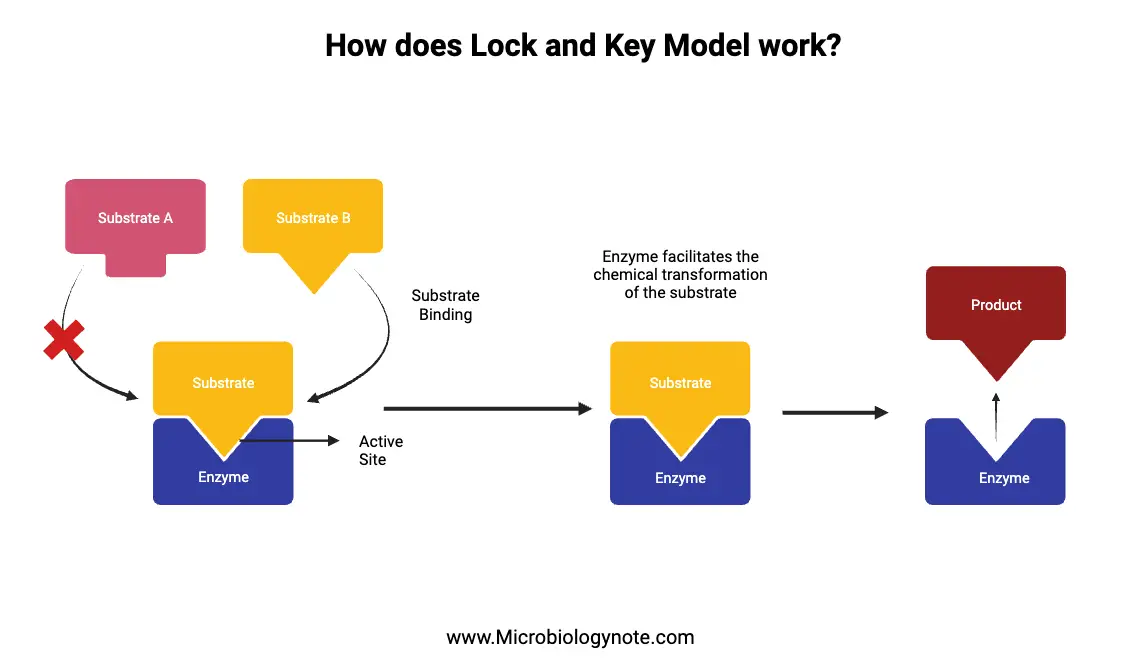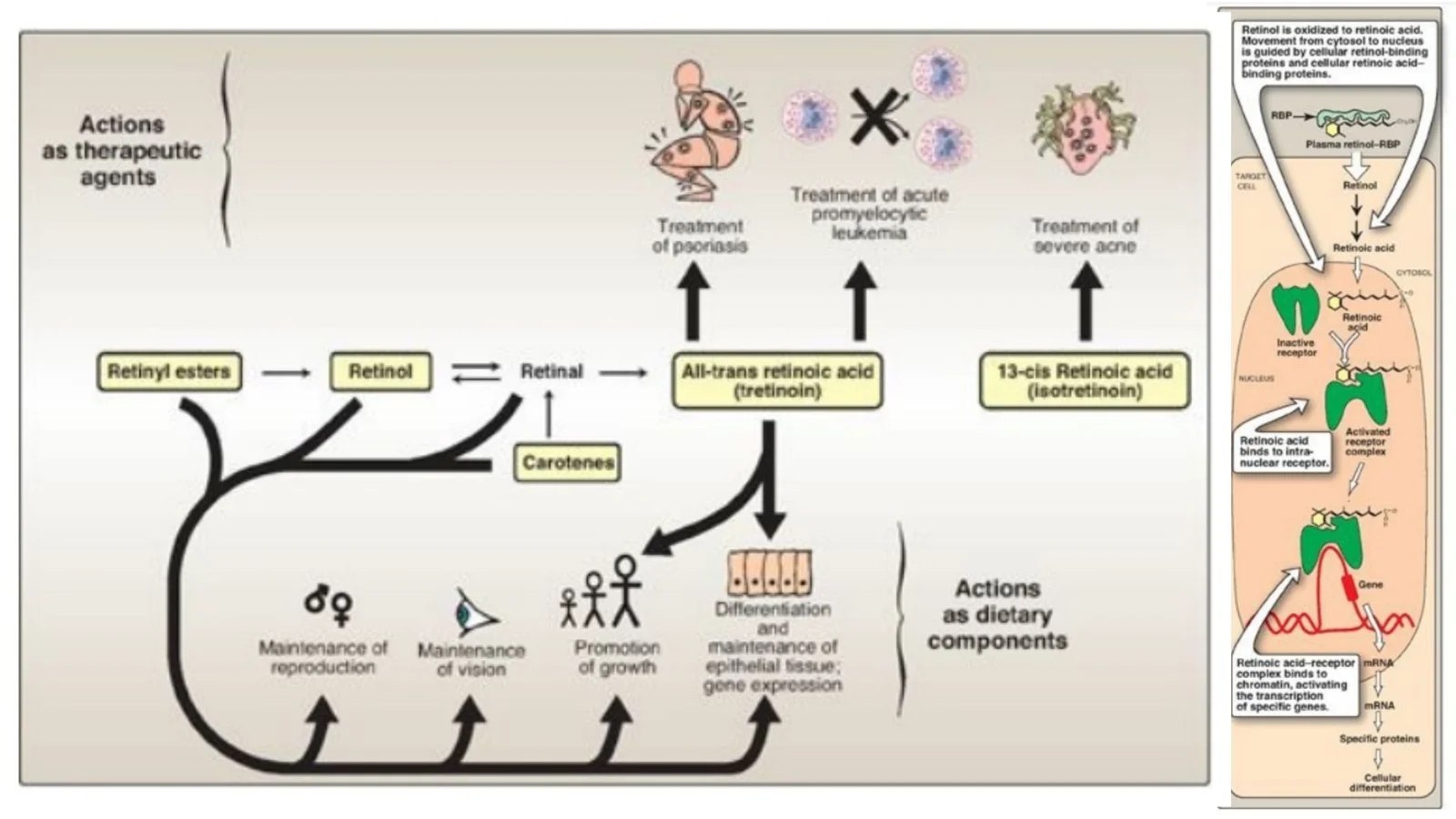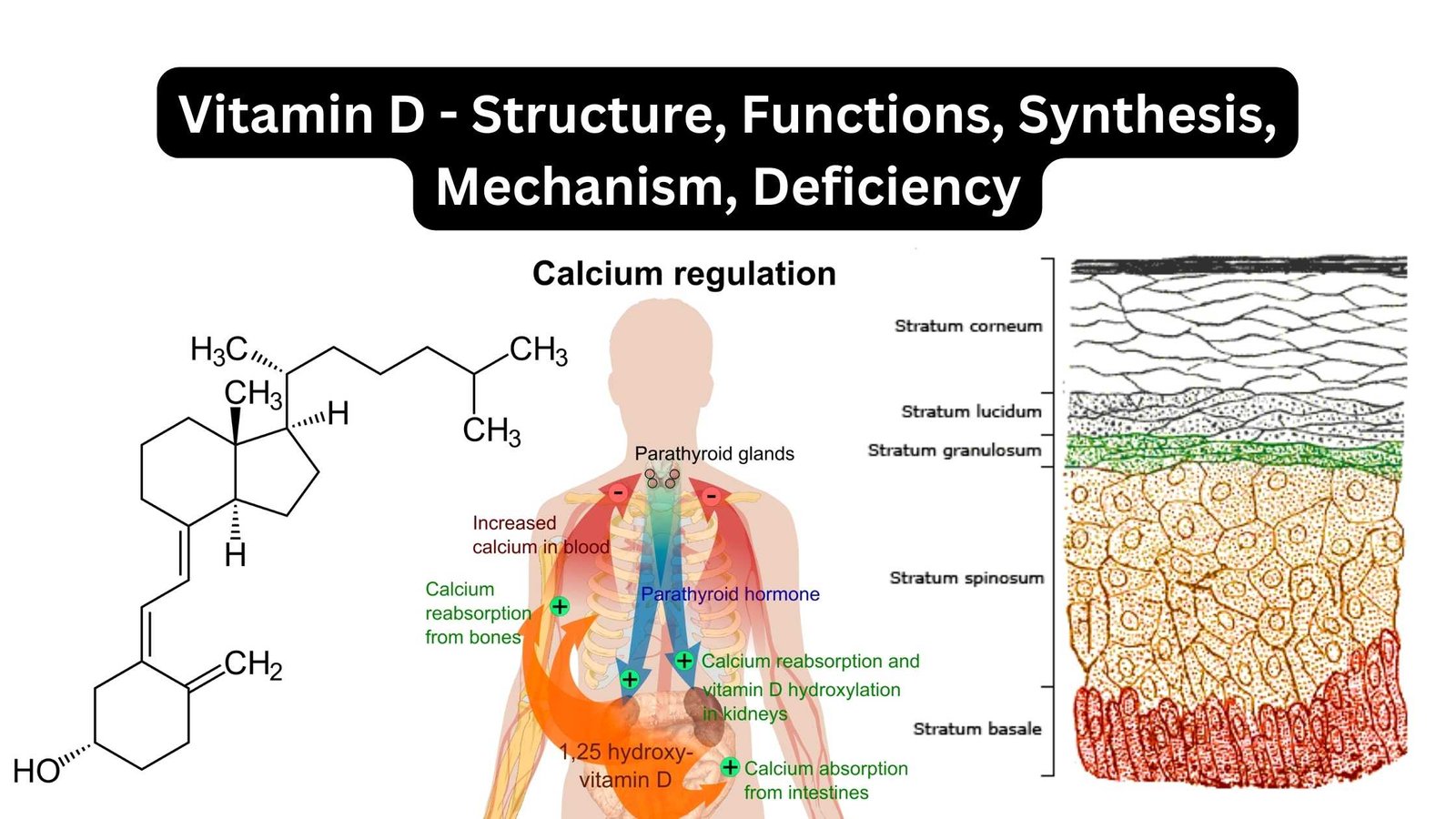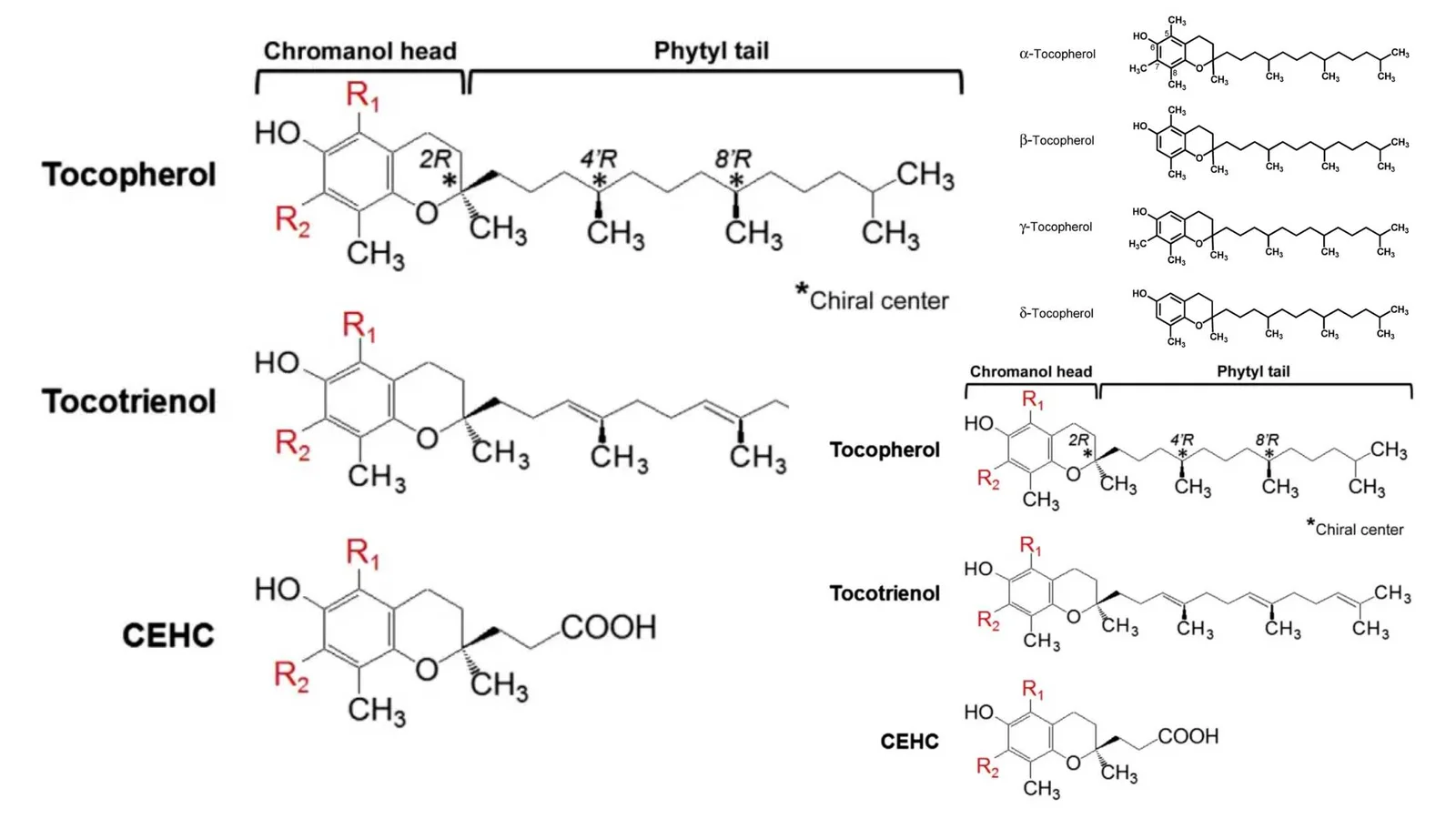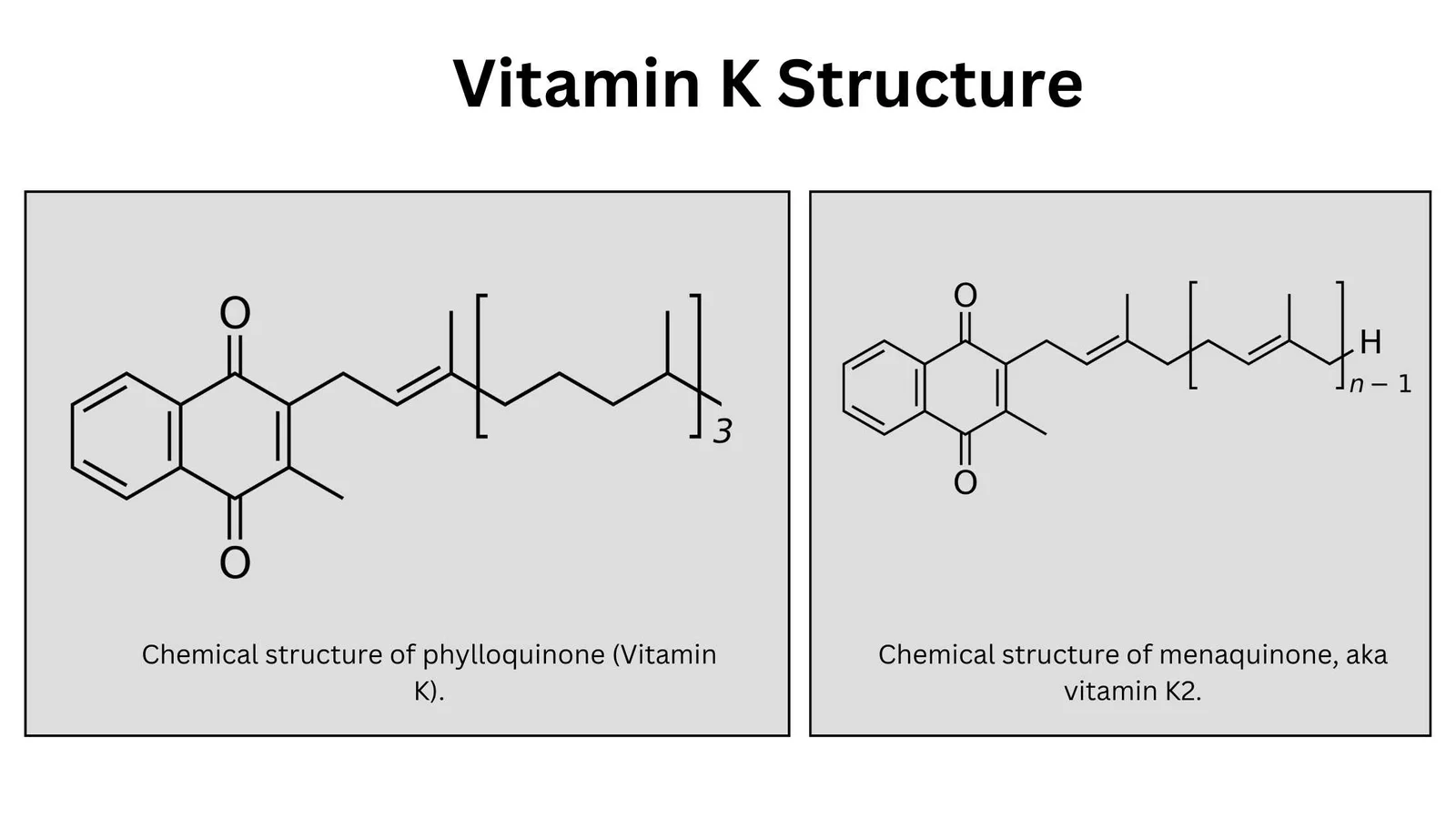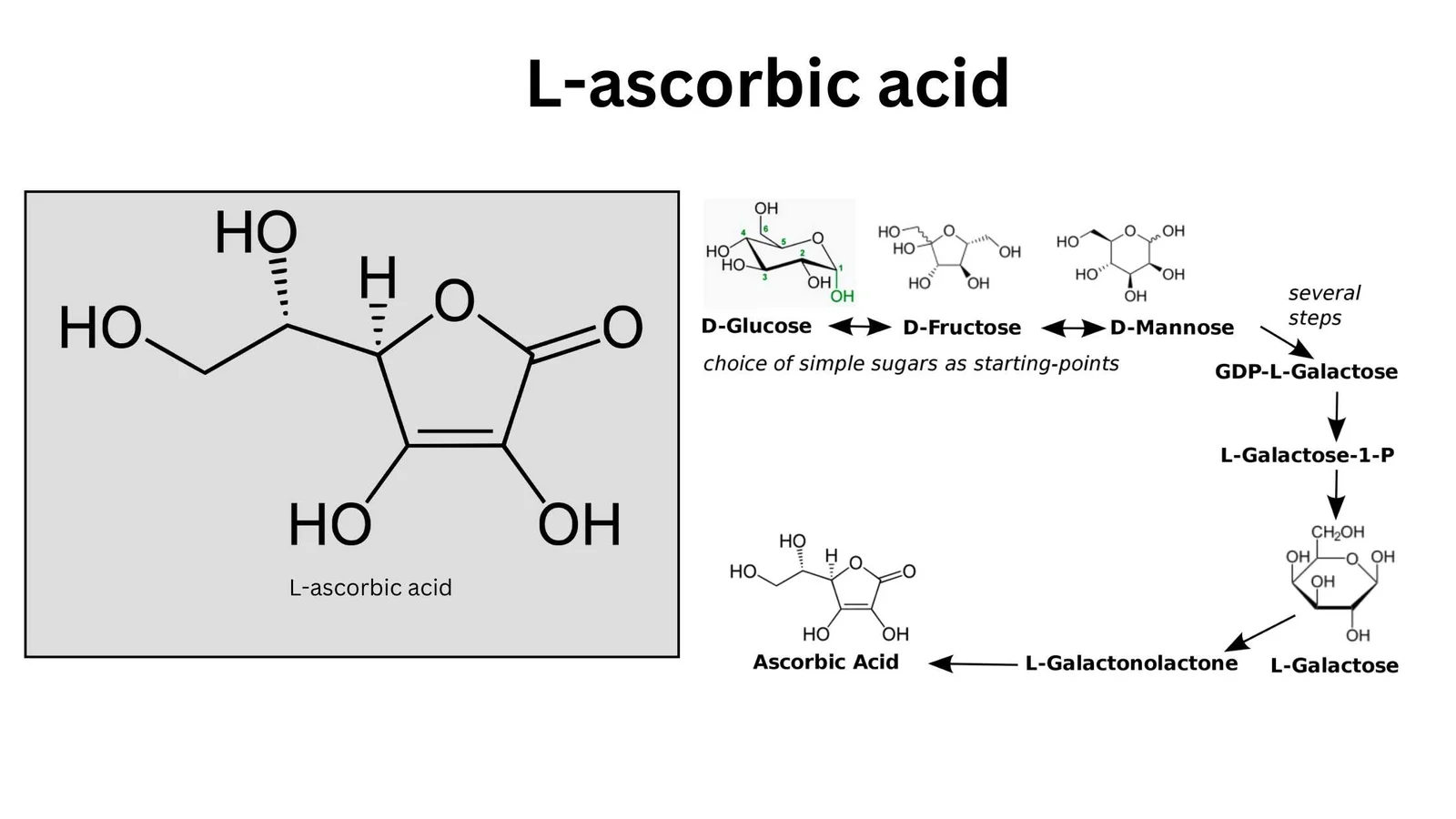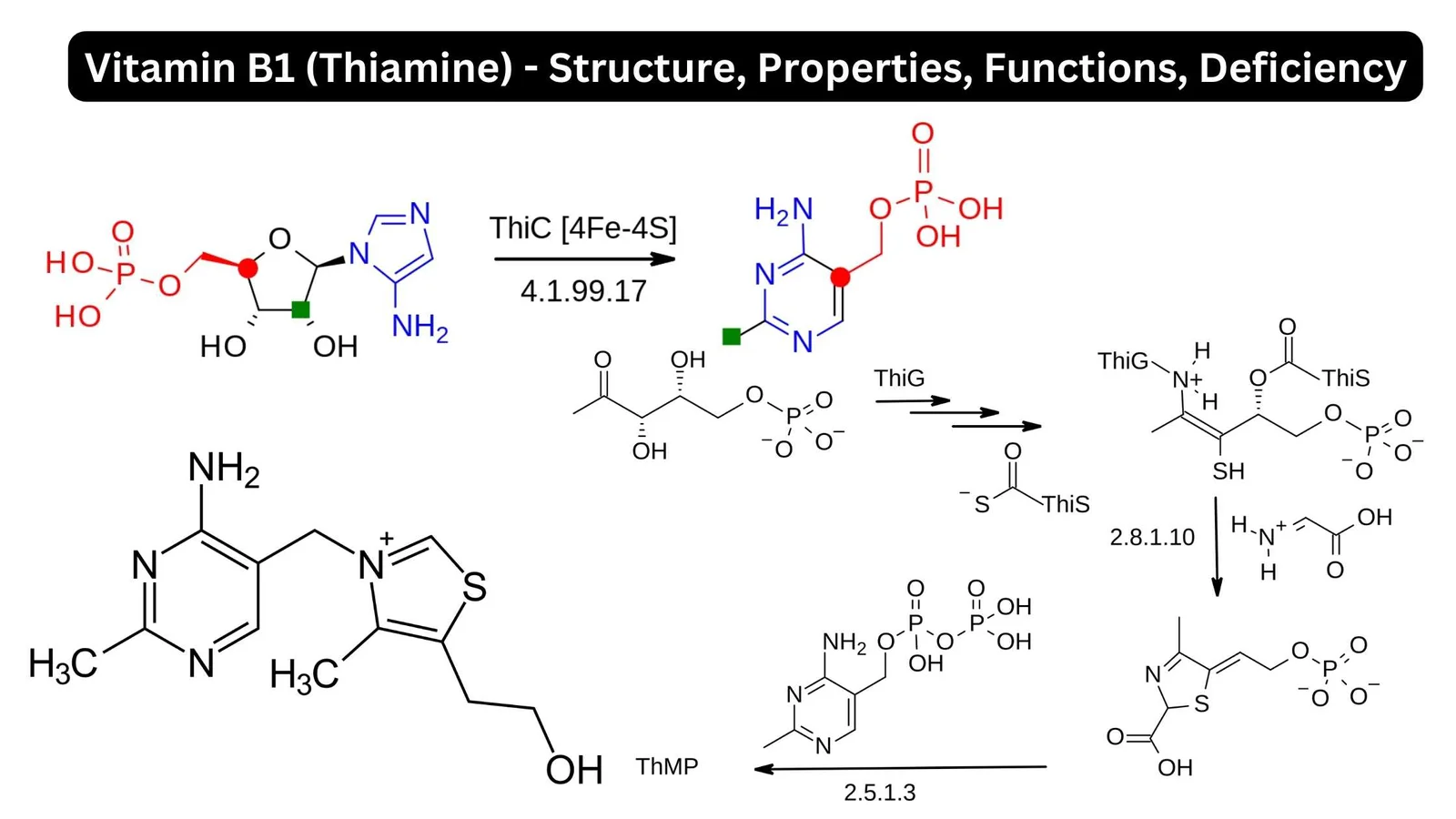Lineweaver–Burk Plot – Double Reciprocal Plot
What is Lineweaver–Burk plot? The Lineweaver–Burk plot, commonly referred to as the double reciprocal plot, stands as a foundational concept within the domain of biochemistry. Stemming from the renowned Michaelis–Menten equation, which pertains to enzyme kinetics, this plot was innovatively introduced by Hans Lineweaver and Dean Burk in the year 1934. Delving into its essence, … Read more
